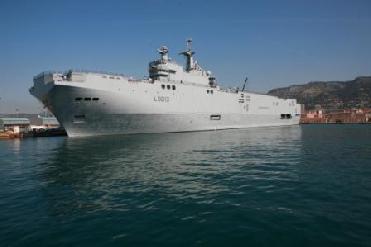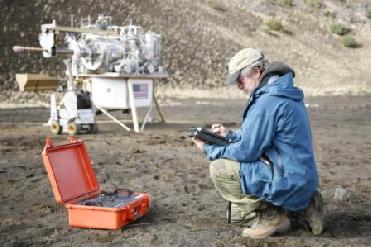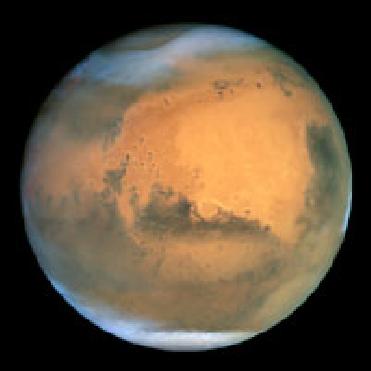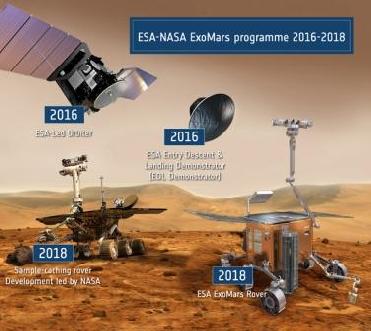
An artist’s concept of Curiosity being lowered by the mission's rocket-powered descent stage during a critical moment of the ‘sky crane’ landing in 2012. A NASA/JPL-Caltech photo
WASHINGTON (BNS): Curiosity – NASA’s next mission to Mars – will be launched between November 25 and December 18, 2011, the space agency has announced.
The launch dates have been finalised after analysing geometrical and communications options to choose an Earth-to-Mars trajectory.
The scheduled landing of Curiosity on the Red planet will take place between August 6 and August 20, 2012.
Planners of NASA's next Mars mission have selected a flight schedule that will use favourable positions for two currently orbiting NASA Mars orbiters to obtain maximum information during the descent and landing of the rover.
The other two NASA orbiters are the Mars Odyssey and the Mars Reconnaissance Orbiter which have been orbiting the planet since 2001 and 2006 respectively.
“The key factor was a choice between different strategies for sending communications during the critical moments before and during touchdown,” said Michael Watkins, mission manager at NASA's Jet Propulsion Laboratory in Pasadena, California.
“The shorter trajectory is optimal for keeping both orbiters in view of Curiosity all the way to touchdown on the surface of Mars. The longer trajectory allows direct communication to Earth all the way to touchdown.”
The rover, according to NASA, will use several innovations during its entry into the Martian atmosphere including a ‘sky-crane’ maneouver during the final minute of its arrival. In the maneouver, a rocket-powered descent stage will lower Curiosity on a tether for a wheels-down landing directly onto the surface.
The rover, however, will not communicate directly with Earth directly upon its touchdown on Mars; it’s the Mars Odyssey that will perform the task.
Curiosity, also called the Mars Science Laboratory, will carry an analytical laboratory and other instruments to extensively probe the Martian surface, especially its landing area. It will investigate whether conditions on the planet have favoured development of microbial life and its preservation in the rock record.
The rover is expected to explore Mars for a full Martian year which is equivalent to two Earth years, NASA said.
 Previous Article
Previous Article Next Article
Next Article












The Indian Air Force, in its flight trials evaluation report submitted before the Defence Ministry l..
view articleAn insight into the Medium Multi-Role Combat Aircraft competition...
view articleSky enthusiasts can now spot the International Space Station (ISS) commanded by Indian-American astr..
view article